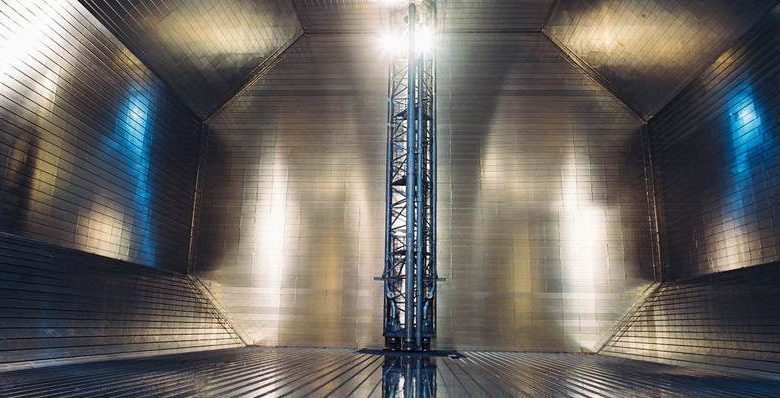
A design hurdle in the future shipping of ammonia (NH3 ) and its use as a fuel has been surmounted in France.
Gaztransport & Technigaz (GTT), the creator of the world’s most used LNG membrane tanks, has received approval in principle from class society Bureau Veritas, recognising that its existing Mark III LNG systems, without any major design changes, can also be used to contain ammonia.
Ammonia has higher density than LNG although it needs to be less chilled than LNG. LNG is shipped at minus 162C while ammonia is moved at minus 34C.
Philippe Berterottière, chairman and CEO of GTT, said that being NH3 ready would bring increased flexibility to shipowners.
“While we are convinced that LNG is the solution of choice for cleaning-up ship emissions even further, we have to take into consideration that ammonia, coming from green hydrogen, could bring additional reductions in emissions. In offering ammonia compatibility, we open the perspective to owners of a much longer period for ship amortisation,” Berterottière said.
Matthieu de Tugny, president of Bureau Veritas Marine & Offshore, added: “Bureau Veritas is helping the industry prepare for the future fuel landscape. It is therefore exciting to support GTT in their continued journey of innovation. Our role is to help the industry understand – and address – both risk and opportunity as we look for energy transition solutions. It is a pleasure to be awarding this first approval for an ammonia membrane containment tank system, based on the tried and trusted Mark III technology, to GTT.”
GTT has also obtained a second approval from Bureau Veritas relating to the higher design pressure of its new 1 barg tank for LNG as fuel applications, something it believes will work well on future large LNG-fuelled container vessels.
The GTT dual fuel development follows on from news carried by Splash yesterday that Italian class society RINA is partnering with the Shanghai Merchant Ship Design & Research Institute (SDARI) to develop a ground-breaking ship design capable of being fuelled by either ammonia or methanol.
Last September, the International Energy Agency released a long-term energy transition forecast, drilling down into individual industrial sectors, with ammonia touted to be the long-term winner in today’s battle for shipping fuel supremacy.
A year ago class society Korean Register issued a 33-page report on the advantages of ammonia as a ship fuel, which included a concise table on the pros and cons in today’s runners and riders for the ship fuel of the future, carried below.

